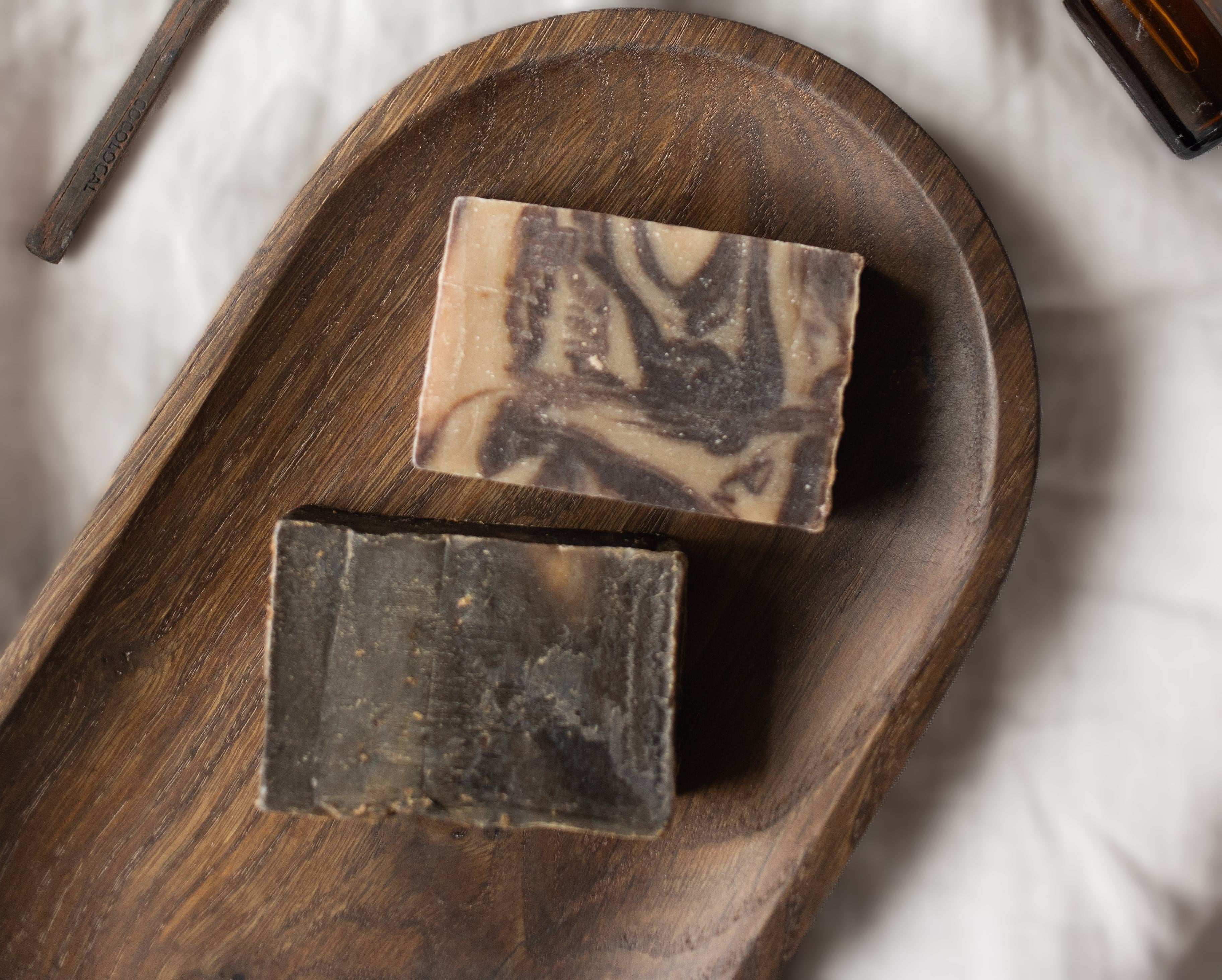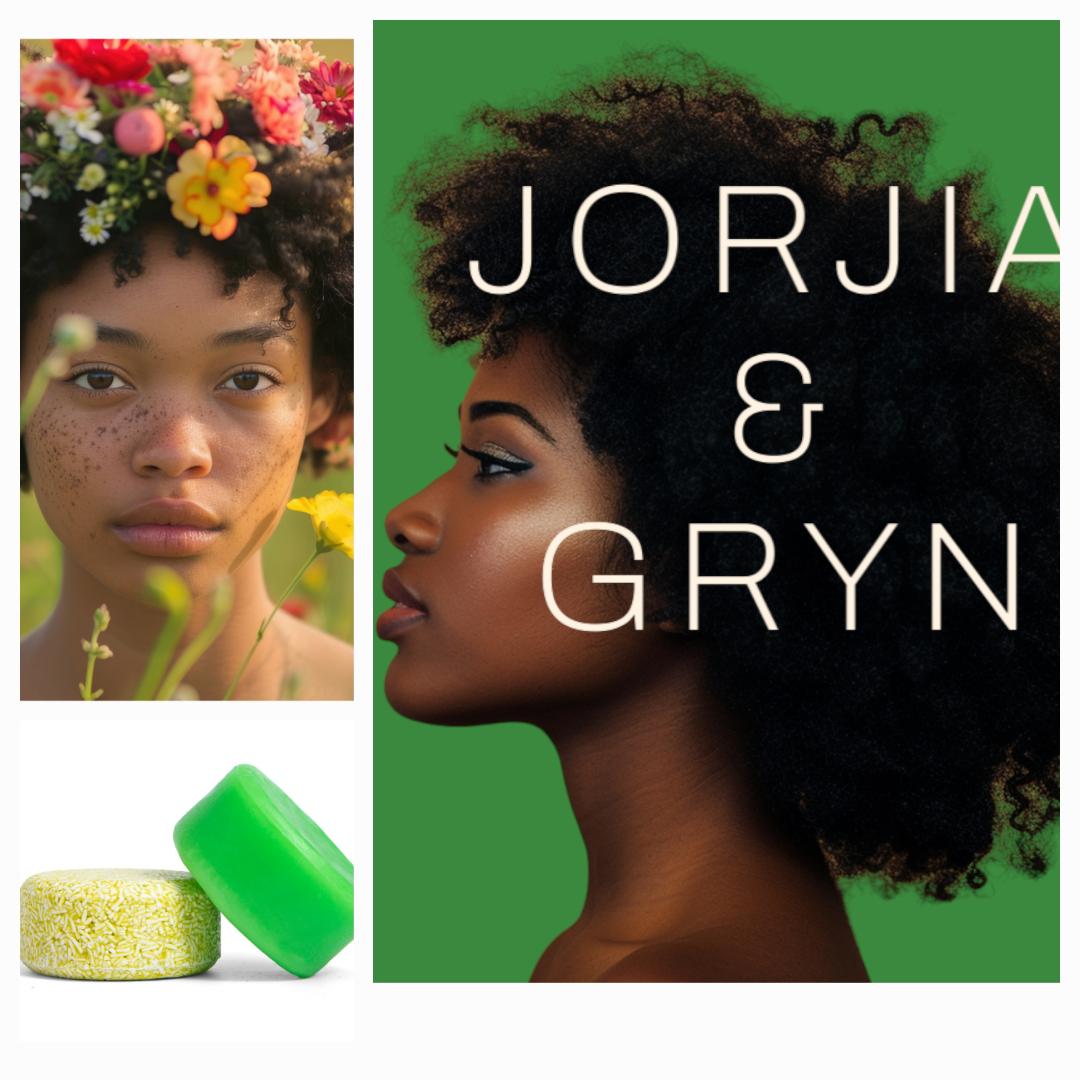The Ruby Crown: Pomegranate's Enduring Journey Through Time (and Touchably Radiant Skin)
The Ruby Crown: Pomegranate's Enduring Journey Through Time (and Touchably Radiant Skin)
By D.C. Lawson
Sponsored by Bambu & Jutes, featuring Jorjia & Gryn pomegranate soaps
The pomegranate, a fruit bursting with ruby-red seeds and crowned with a distinctive, regal top, is far more than a simple treat. It's a living artifact, a testament to the intertwined narratives of human history and natural bounty. Its story stretches across millennia, echoing through ancient myths, religious texts, and the very fabric of our culinary heritage—and, as it turns out, the very texture of our skin.
Imagine the sun-drenched landscapes of the ancient Middle East, where the pomegranate first emerged. It was here, in the cradle of civilization, that this fruit began its journey, a journey that would carry it across continents and cultures. The Greeks, with their penchant for weaving nature into their tales, saw in the pomegranate a symbol of life’s cycles. Persephone, the queen of the underworld, tasted its seeds, forever binding herself to the realms of both light and shadow. This myth, a whisper from the past, speaks to the pomegranate's deep connection to fertility and the mysterious ebb and flow of existence—a cycle mirrored in the skin’s own renewal.
As trade routes opened and empires rose, the pomegranate travelled. It found a place of honor in the sacred texts of Judaism, a symbol of prosperity and abundance, its seeds representing the countless blessings of life. In the Christian tradition, it became a representation of the rich tapestry of divine gifts. It was a fruit fit for kings, yet accessible to all, a symbol of both earthly and spiritual wealth—a wealth that, as ancient wisdom and modern science converge, extends to the very health and vibrancy of our skin.
Beyond its symbolic resonance, the pomegranate also held a place in ancient medicine. Its juice, its seeds, its very rind were believed to possess healing properties. It was a natural remedy, a gift from the earth, used to soothe ailments and promote well-being. This understanding of its inherent value has persisted, even as scientific exploration unveils the fruit's rich composition of vitamins and antioxidants. Those same antioxidants that protect the fruit from the harsh elements, also protect our skin. The pomegranate's high vitamin C content, known to stimulate collagen production, was highly regarded by ancients, as was its ability to soothe irritated skin. The fruit’s ability to protect the skin from free radical damage, a modern day concern, was understood, even if not named, by ancient healers.
The pomegranate's journey is a reminder of the enduring connection between humans and the natural world. It is a fruit that has nourished bodies and inspired imaginations for centuries. Its history is a tapestry woven with threads of mythology, religion, and the enduring quest for health and vitality. When we hold a pomegranate in our hands, we hold a piece of history, a taste of the past, and a reminder of the timeless beauty and bounty of the earth—a bounty that, when gently infused into a soap, like those in the Jorjia & Gryn line, can leave your skin feeling as radiant and refreshed as if touched by the very hands of ancient goddesses.
Experience this touch of history and natural luxury with Jorjia & Gryn pomegranate soaps, brought to you by Bambu & Jutes.














